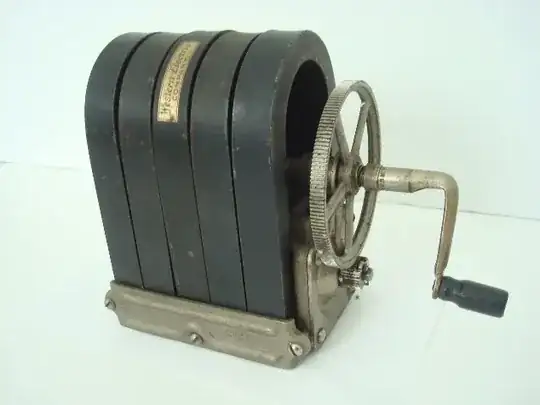The setup is a 240V 50Hz AC transformer outputting 60V 50Hz AC. Connect this power supply (with a push button) to an old telephone and it rings the bell on command, but unrealistically fast.
I need to take this 60V output and reduce the AC frequency to 25Hz so the phone sounds more realistic. As per what I've read about the signals for making phones ring (here in Australia anyway).
Any advice on what I can put inline between power supply and phone to achieve this?
Thanks.
